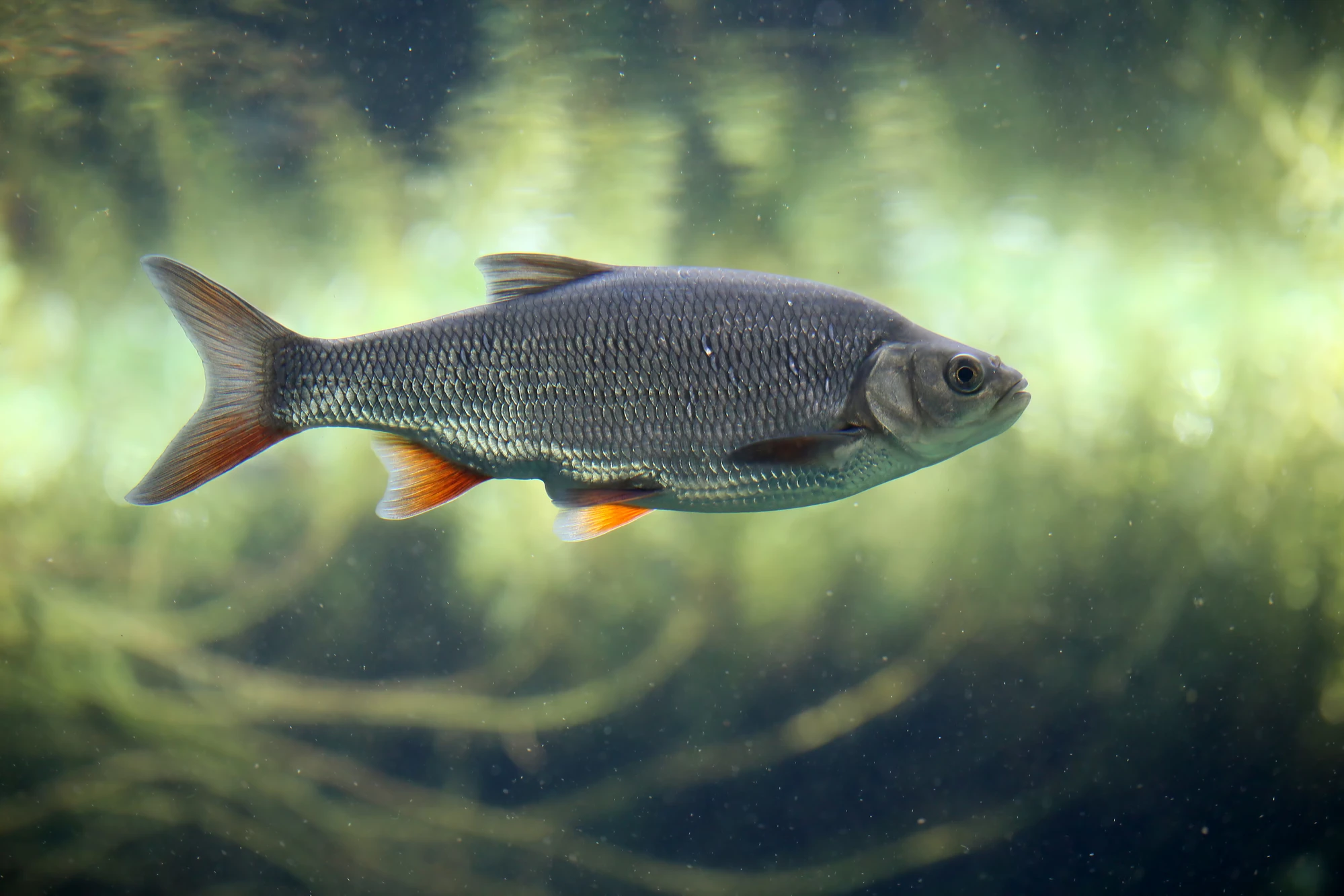We already know that tiny waterborne plastic waste particles can enter the bodies of fish, which are then consumed by humans. New research, however, shows that such particles can enter the food chain via another route, by traveling from the land, through plants to insects to fish.
For the study, scientists at the University of Eastern Finland started by growing lettuce in soil containing 250-nanometer-wide polystyrene and polyvinyl chloride (PVC) particles. These plastics were chosen because they make up a large percentage of plastic waste currently found in the environment.
After 14 days, the plants were harvested and fed to black soldier fly larvae, which are commonly used as a protein source in animal feed. Once the larvae had fed on the lettuce for five days, they were in turn fed to freshwater roach fish for another five days. Some of the lettuce plants, larvae and fish were then dissected and examined via scanning electron microscopy.
It was found that both types of nanoparticles were initially taken up by the plants' roots, subsequently accumulating in the leaves. When those leaves were eaten by the larvae, some of the particles were passed into the latter's mouths and guts – the particles were still present even after the larvae had been allowed to empty their gut over a 24-hour period.
The nanoparticles then made their way from the larvae into the fish, where they were found mostly in the liver but also in the gills and intestinal tissue.
It should be noted that neither the lettuce nor the larvae nor the fish showed any adverse reactions to taking in the nanoparticles. That said, other studies have suggested that at the very least, plastic nanoparticles may collect pathogens from polluted environments, then pass those pathogens into plants or animals.
"Our results show that lettuce can take up nanoplastics from the soil and transfer them into the food chain," said Dr. Fazel Monikh, lead author of a paper on the study. "This indicates that the presence of tiny plastic particles in soil could be associated with a potential health risk to herbivores and humans if these findings are found to be generalizable to other plants and crops and to field settings. However, further research into the topic is still urgently needed."
The paper was recently published in the journal Nano Today.
Source: University of Eastern Finland




